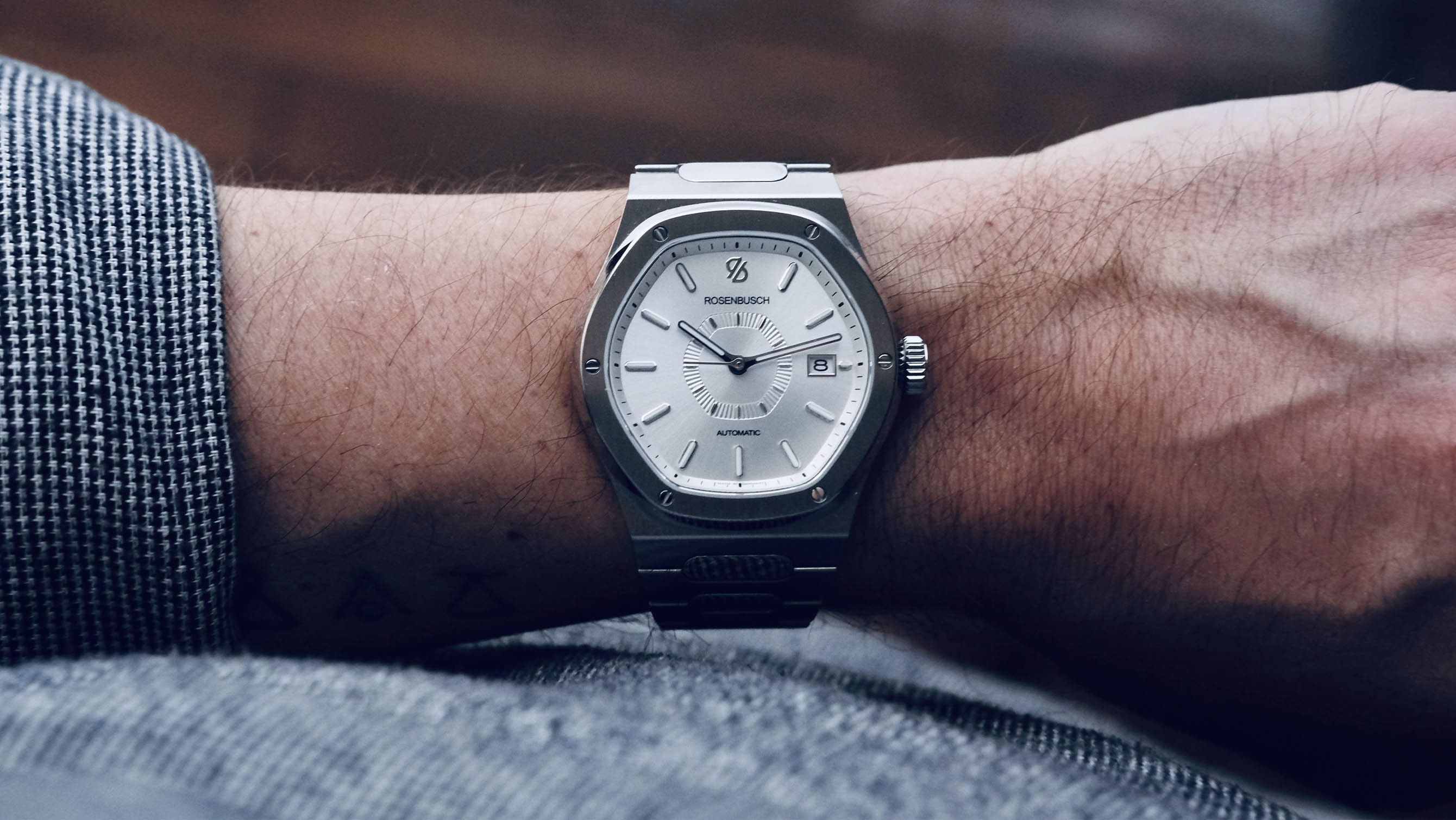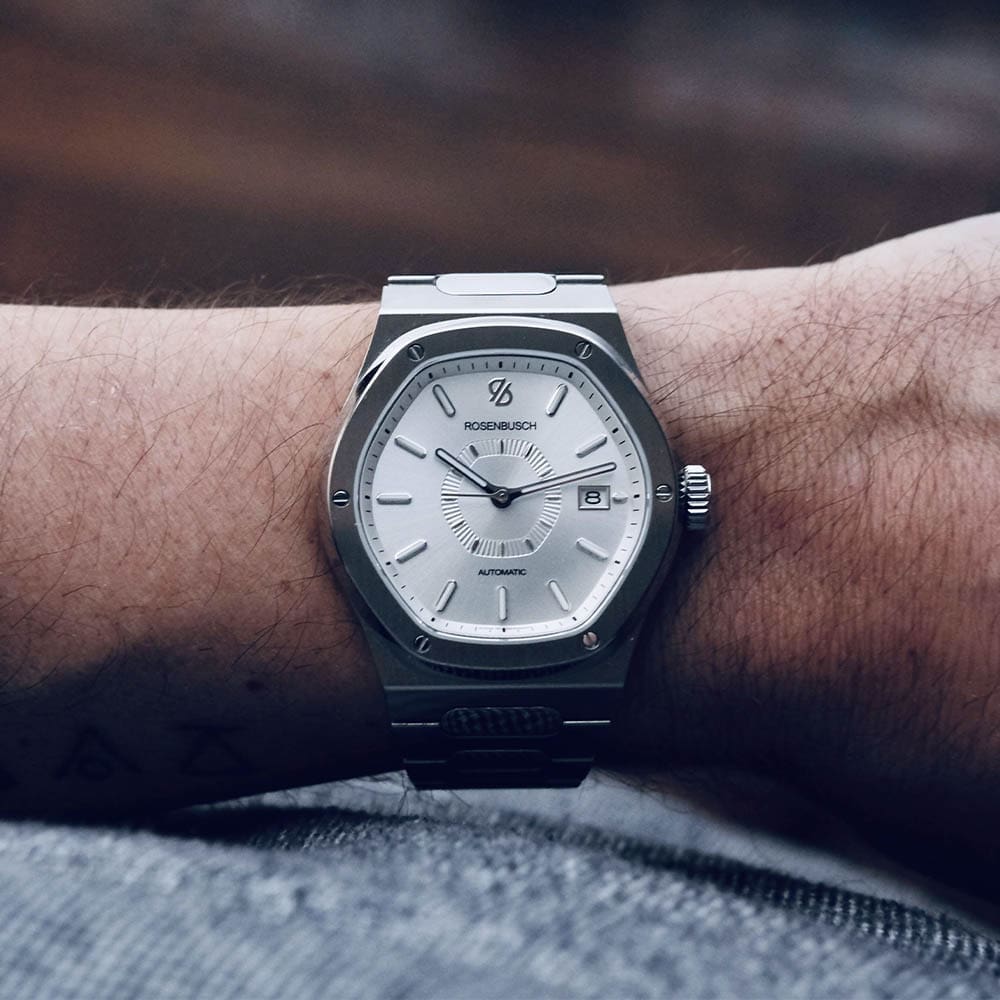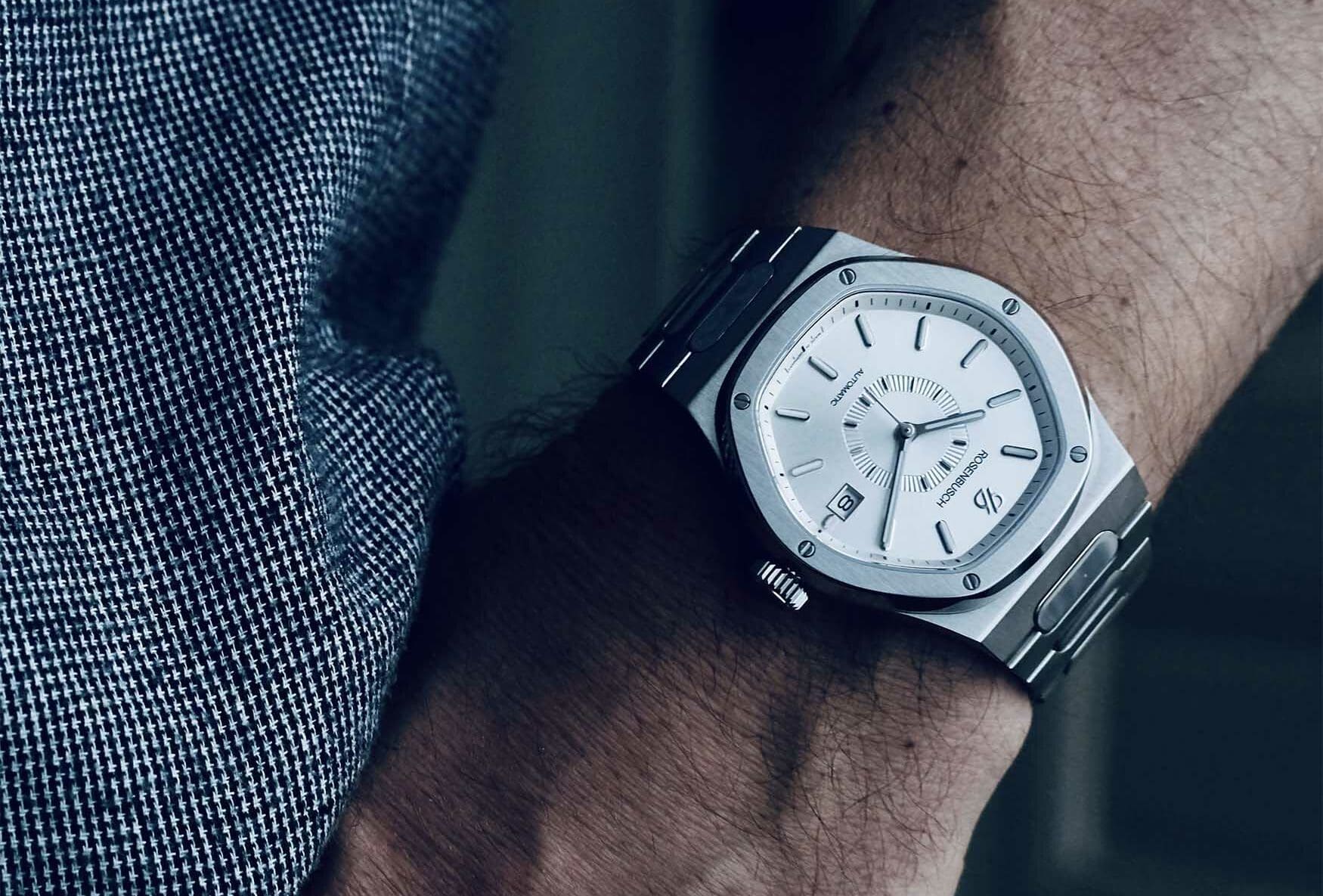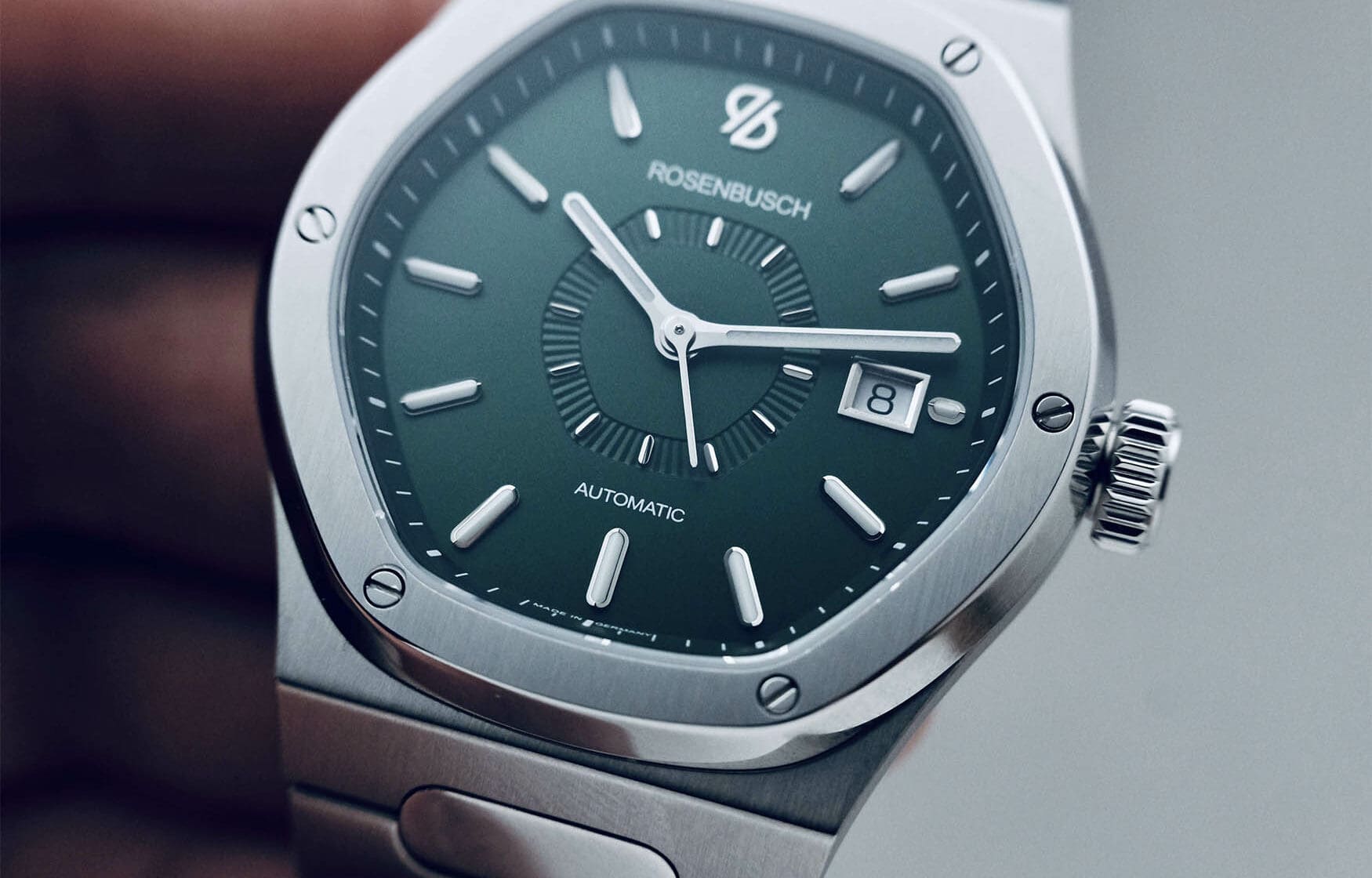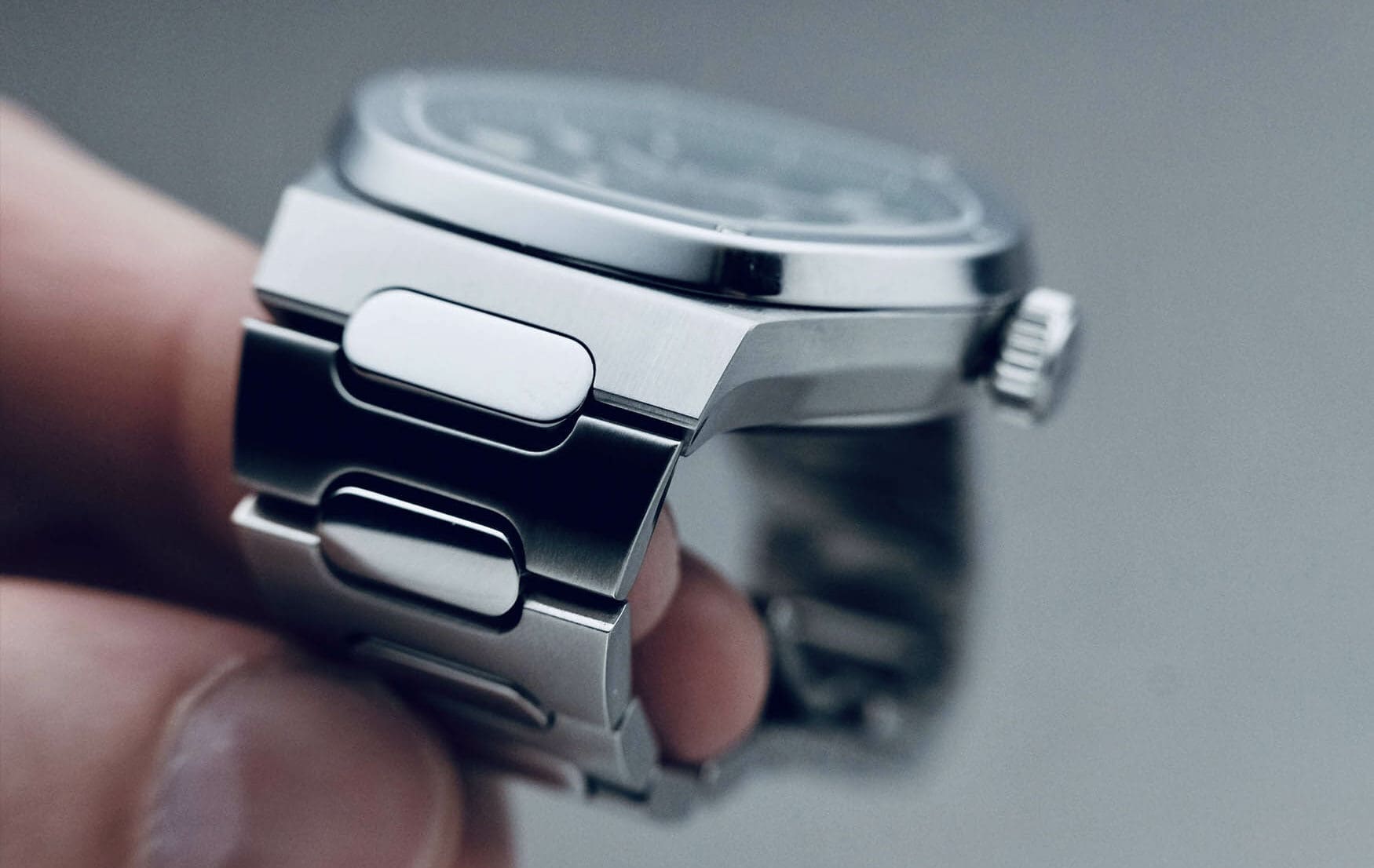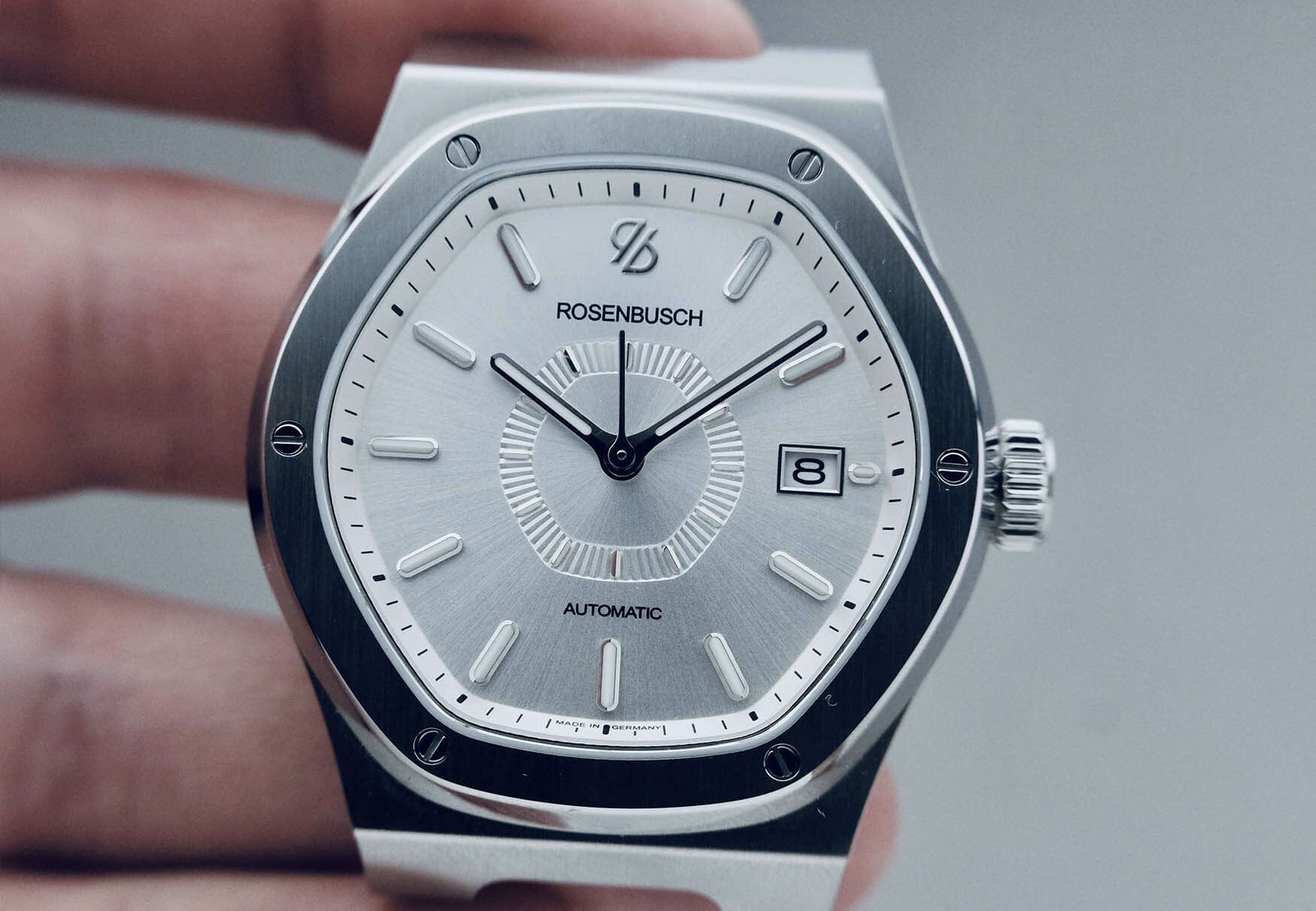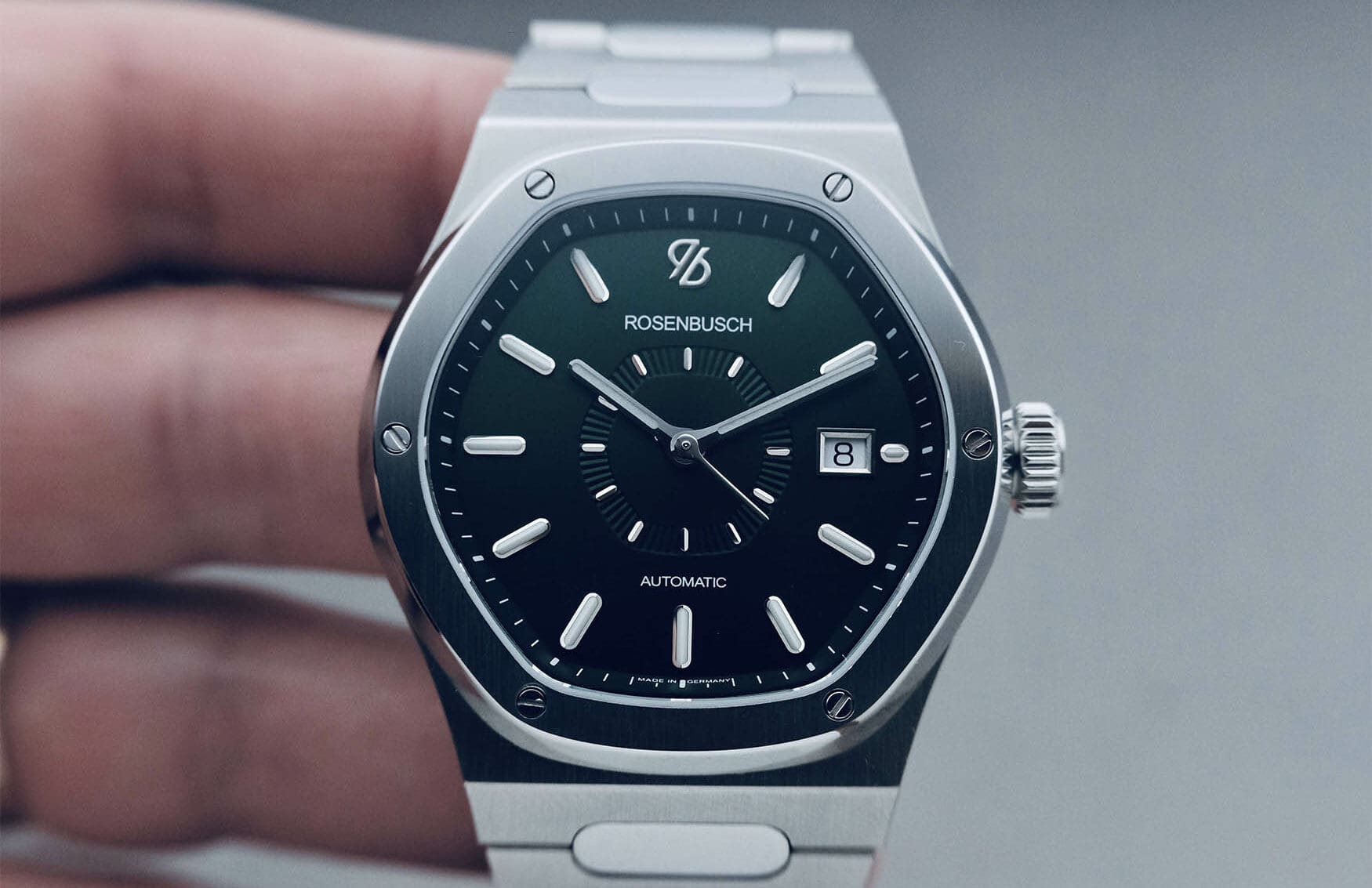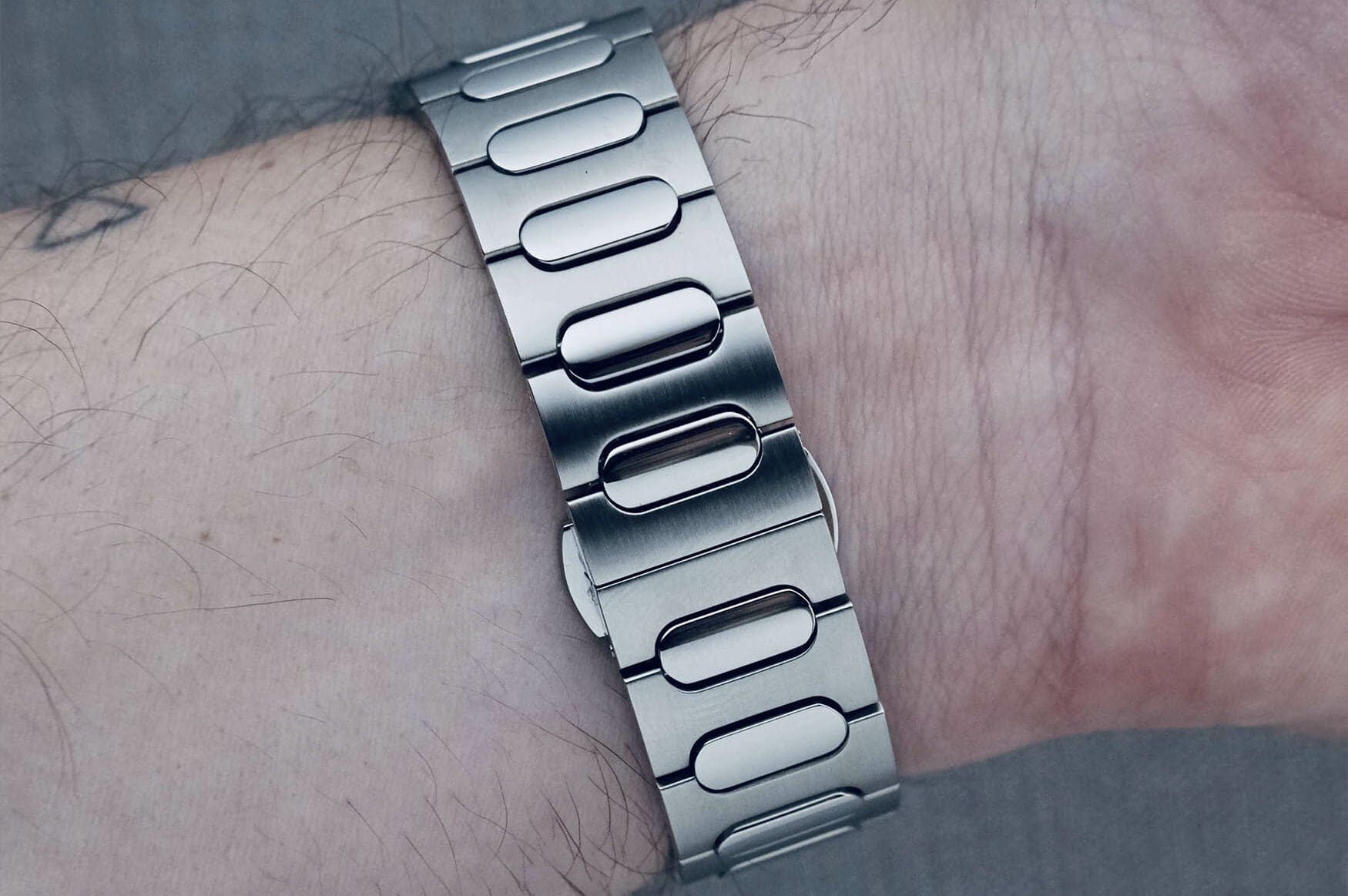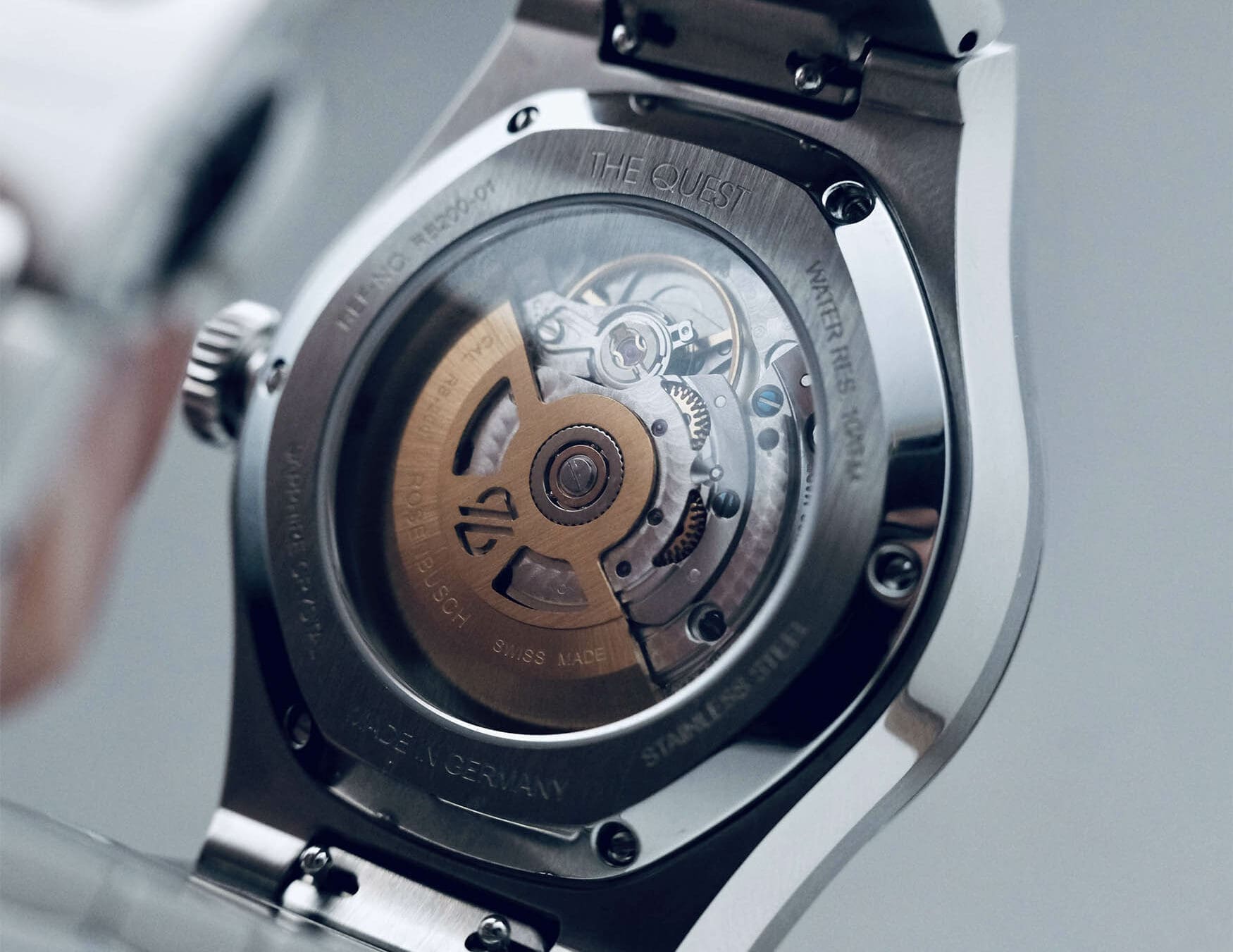MICRO MONDAYS: The Rosenbusch Quest is a truly accessible integrated-bracelet sports watch
Time+TideWe are bound to follow certain trends no matter which industry we look into. Whether it be fashion, cars, music and, for what concerns us the most, watches. In the past 10 years we went through an intense period during which micro and independent brands would release vintage-inspired dive watches. Then, more recently, GMTs and time-only exploration/everyday watches. The years 2021-2023 saw the rise of integrated-bracelet sports watches, and micro/independent brands are helping popularise this genre of horology for the budget-conscious collectors. Enter Rosenbusch and the Quest. Rosenbusch is a new brand and the Quest is their first model. Spoiler alert: the Quest does resemble other popular models, however it comes with an identity of its own. What Rosenbusch have managed to accomplish is to revisit a popular style of watches and stamp it with its own philosophy, while making it attainable for many watch enthusiasts by offering two types of movements—two levels of refinement I should say—so that virtually anyone can experience an integrated-bracelet everyday sports watch.
The case
The Quest, just like any such watch, commands a certain visual and wrist presence. This is due to the inherent shape of the case and its dimensions, though I could pull it off on my 6.25”/16cm wrist. The brand, actually, told me that they aimed at creating a statement piece although one which can be purchased *sans* the need to mortgage a house. (Honestly, I don’t believe anyone who buys a Royal Oak or Nautilus intends on hiding it under a cuff.) The full stainless-steel case measures 42mm in diameter, 49mm lug-to-lug, 11.7mm thick and comes with a 25mm lug width which tapers down to 18mm at the clasp. These dimensions are overall great and do make sense for an integrated bracelet everyday sport watch. Because of the case/bracelet construction, it seems impossible to shorten the actual lug-to-lug which is, in a way, the charm this design comes with. One element that truly makes the case sporty is its overall shape.
The words of the day here are “asymmetric hexagon”. Indeed, the bezel, dial, chapter ring and crystal have six sides, and one distinctive element of the Quest is the fact that the sides are not symmetrical. In other words, some of the sides are longer than the others, notably those at the top (12 o’clock) and bottom (6 o’clock) are shorter than the other ones. This is smart as it makes the fixed bezel taper down towards the integrated lugs. Seen from a profile, the case is pleasant to look at given the two large chamfers that make up the case sides. The top one is brushed while the bottom one is polished, which matches the brushed upper section of the bezel and its polished lower section. This alternation of finishes is playful and helps in making the case look better on the wrist. As it is customary for this type of watch, the fixed bezel is complemented by six screws to match the hexagonal shape of the case, so is the case-back whether one gets the see-through version or the full one. (More on that later.) It should also be noted that the caseback and crown are of the screw-down variety which grants the Quest an essential 100 meters of water resistance.
The dial
The dial of the Quest offers a different experience from what we’re used to seeing with this type of watch. But before I forget: the Quest is available in four dial colours: Sterling Silver, Deep Black, Midnight Blue, and Emerald Green. And whichever colour you go for, you’ll get the same elegant and tastefully laid out dial. The latter is divided in three sections that work harmoniously together: the central section that shows the running seconds, the main section that shows the time, and a third section that includes the date aperture and minute track. The key feature of the Quest, as you can already imagine, is the central seconds register complete with applied markers and a unique texture. This is an unusual way of indicating the running seconds and it works well here.
The hour and minute hands are long and come with rounded tips that match the shape of the applied hour markers. The hands and markers are polished that adds a touch of elegance to the dial, so are the tiny markers found on the running seconds track. The date aperture is framed and polished, and placed in such a way that Rosenbusch was able to add a truncated marker east of it, perfectly aligned to the other markers. A simplified minute track is printed on the sloped rehaut, and all of this is clearly visible thanks to an hexagonal piece of sapphire crystal. I should add that the hour and minute hands, as well as the hour markers, received generous applications of BGW9 lume.
The strap
The Rosenbusch Quest is shipped with both a three-link stainless-steel bracelet and rubber strap. The bracelet is well-manufactured and comes with polished centre links and a satin-brushed finish everywhere else. The clasp is of the double-pusher butterfly variety, the links are held in place with screws and Rosenbusch added half-links so that one can get the perfect fit. The rubber strap for its part integrates seamlessly with the case and comes with a double-pusher deployant mechanism. Both the bracelet and rubber strap have quick-release spring bars that means switching from one to the other is a piece of cake.
The movement
As indicated above, the Quest is offered in two versions. The budget option comes with a Seiko NH35 caliber that beats at 21,600 PBH (3Hz) and comes with 41 hours of power reserve. The premium version is equipped with an Élaboré Sellita SW200-1 caliber that beats at 28,800 BPH (4Hz) and comes with 38 hours of power reserve. In the photos, you can distinguish the two versions by looking at the case-back: the NH35 comes with a solid engraved case-back and the SW200-1 with a see-through case-back.
The Rosenbusch Quest Pricing & Availability
The Rosenbusch Quest will be available for pre-order by way of an Indiegogo campaign. (Check out their website for more information.) The launch price for the Seiko NH35 version is $500 USD ($736 AUD) and the full retail will be $717 USD ($1,055 AUD). The launch price for the Sellita SW200-1 version for $716 USD ($1,054 AUD) and full retail will be $1,022 USD ($1,504 AUD.) Furthermore, Rosenbusch will offer a limited edition RBX Quest with a skeletonized dial for $1,067 USD ($1,570 AUD.) Estimated delivery for the Seiko NH35 version is November 2023 and January 2024 for the Sellita and RBX versions.
| Brand | Rosenbusch |
| Model | Quest |
| Case Dimensions | 42mm x 49mm x 11.7mm |
| Case Material | Stainless steel |
| Water Resistance | 100m |
| Crystal(s) | Sapphire |
| Dial | Black, blue, green, white, skeletonised |
| Lug Width | 18mm – 25mm |
| Strap | Stainless steel bracelet and black rubber strap |
| Movement | Seiko NH35 or Sellita SW200-1 Élaboré |
| Power Reserve | 38-41 hours |
| Availability | Available for preorder on Indiegogo |
| Price | US$500 (AU$736) – US$1,067 (AU$1,570) |




